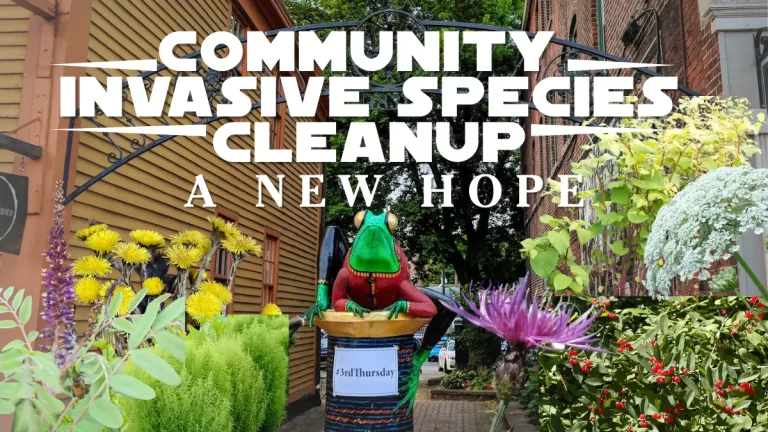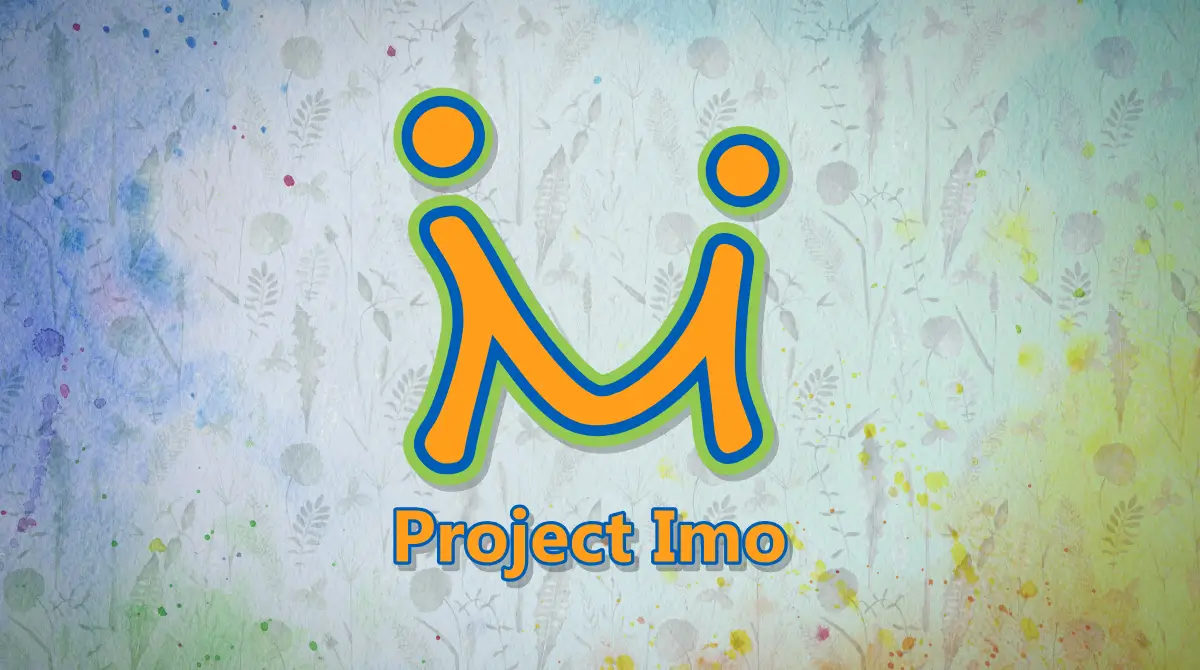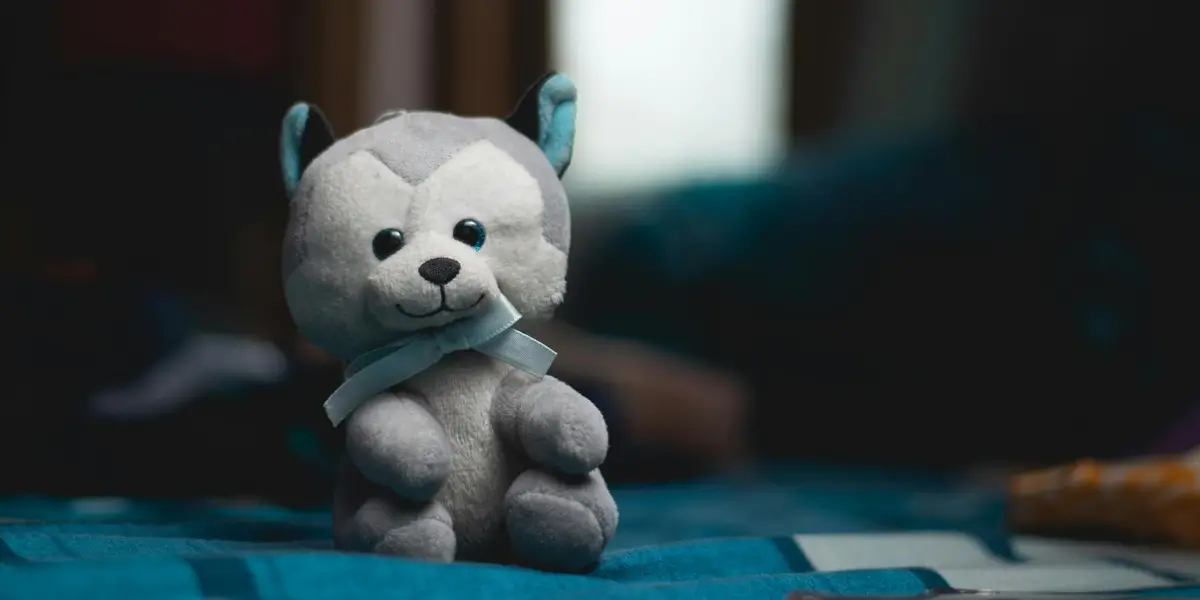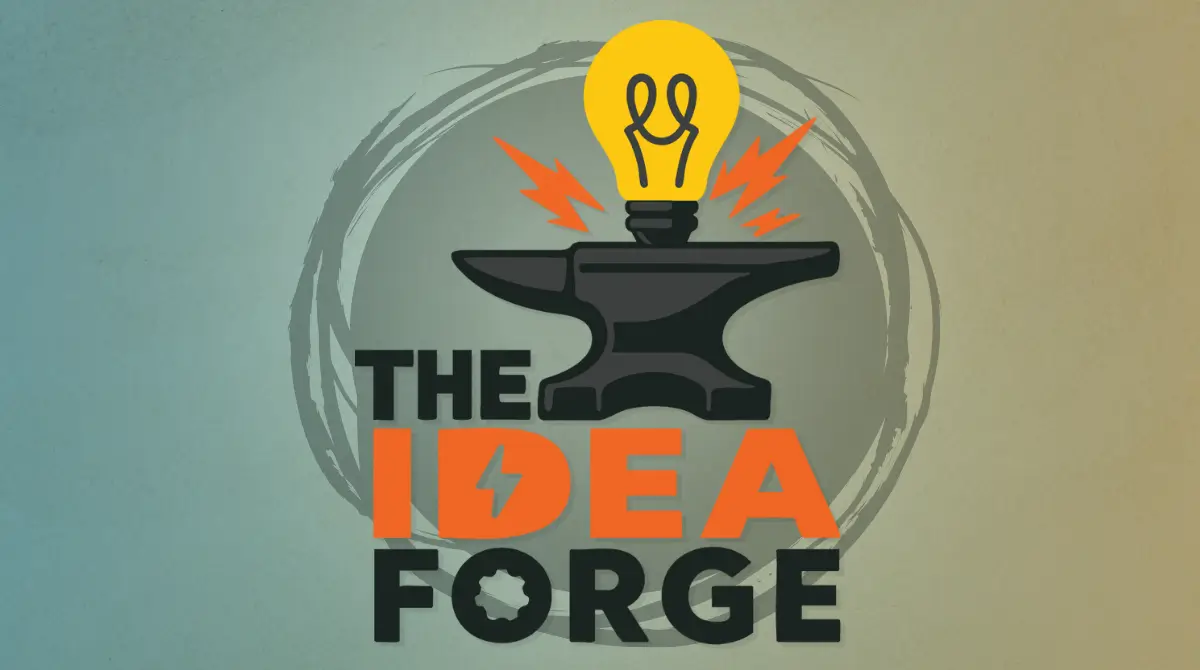Community Invasive Species Cleanup: A New Hope
In every community, there are quiet battles happening right under our feet. Along sidewalks, in parking lots, tucked behind fences, and even in our parks, invasive plant species creep in and slowly begin to take over. They grow fast, spread wide, and leave little space for the plants and animals that belong here. It might not look like much at first glance, but if left unchecked, invasives can reshape entire ecosystems.
This first event in our invasive species cleanup series, A New Hope, is about recognizing the problem and showing how much of a difference we can make when we work together. We’ll meet downtown, right in the center of our shared spaces, and take a closer look at the plants that have taken hold in the heart of town. Along the way, we’ll learn how to identify some of the most common invasive plants in Connecticut and talk about why knowing about these species matter. More importantly, we’ll get our hands dirty and practice removing them in ways that make space for healthier growth.
Why this matters
Invasive species aren’t just weeds. They compete with native plants for sunlight, soil, and water. They can crowd out flowers and grasses that support pollinators, reduce food sources for birds and wildlife, and make it harder for native trees and shrubs to grow. When invasives take hold, they don’t just change how an area looks, they change how it works. That means fewer butterflies, fewer bees, fewer birds, and fewer opportunities for people to connect with a thriving natural space.
When we come together to learn and act, we push back against that trend. Removing invasives may not seem like a big step, but it creates real openings for healthier plants to return. Over time, those changes ripple out, creating stronger ecosystems that benefit both wildlife and people.
What you’ll do
This session combines education and action. We’ll begin with a short walk and talk to introduce some of the most common invasive plants in our community. You’ll learn how to recognize their leaves, flowers, and growth patterns, so you’ll be able to spot them not only downtown but also in your own backyard. From there, we’ll move into hands-on abatement work. Together, we’ll target key areas of downtown, removing invasive growth and making the space more welcoming for both people and native plants.
No experience is needed, and all are welcome. We’ll provide the know-how and guidance. What you bring is your energy, your curiosity, and your willingness to work side by side with neighbors.
Building momentum
A New Hope is the beginning of a three-part series. After this first event downtown, we’ll return in October for The Mugwort Strikes Back, where we’ll take on one of the most stubborn invasives in town. Then in November we’ll close out the series at the Windham Outdoor Education Preserve with Return of the Trail Crew, focusing on rewilding and long-term stewardship. Each event builds on the last, so if you enjoy this session, mark your calendar for the next two.
What you’ll take away
By joining this event, you’ll leave with:
- The ability to recognize invasive species in your daily life.
- A deeper understanding of how these plants impact ecosystems.
- The satisfaction of seeing an immediate difference in the downtown landscape.
- A connection to others who care about our town and its future.
Why it is important for all of us
Our community spaces reflect who we are. When invasives take over, they make it harder for the natural beauty of our town to shine through. When we act together, we reclaim those spaces, creating healthier, more welcoming places for everyone. This isn’t just about pulling weeds. It’s about showing that small steps, taken together, can lead to meaningful change.






